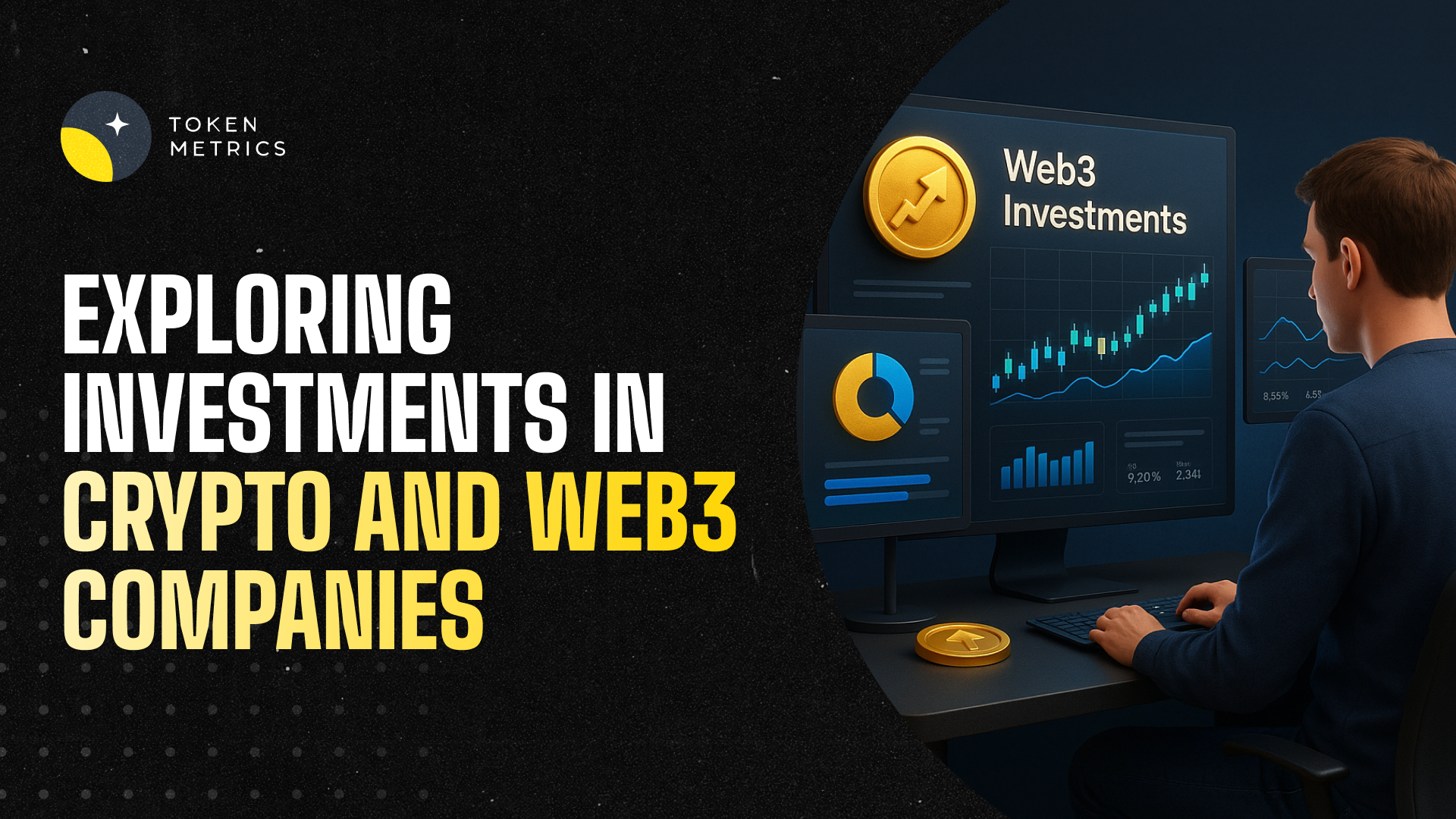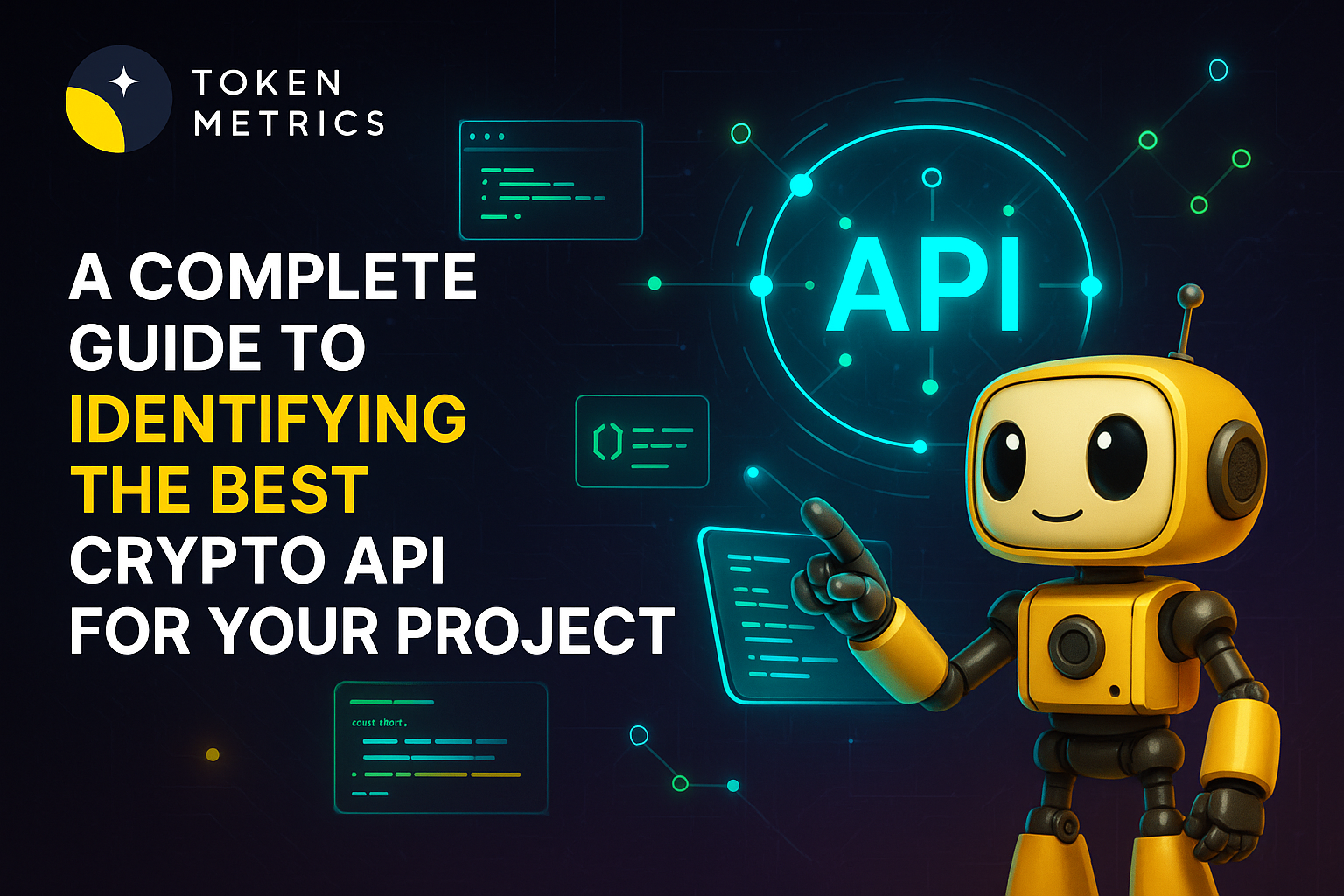Exploring Investments in Crypto and Web3 Companies: An Analytical Overview

Introduction
The landscape of digital assets and blockchain technology has expanded rapidly over recent years, bringing forth a new realm known as Web3 alongside the burgeoning crypto ecosystem. For individuals curious about allocating resources into this sphere, questions often arise: should the focus be on cryptocurrencies or Web3 companies? This article aims to provide an educational and analytical perspective on these options, highlighting considerations without providing direct investment advice.
Understanding Crypto and Web3
Before exploring the nuances between investing in crypto assets and Web3 companies, it's important to clarify what each represents.
- Cryptocurrencies are digital currencies that operate on blockchain technology, enabling peer-to-peer transactions with varying protocols and use cases.
- Web3 broadly refers to a decentralized internet infrastructure leveraging blockchain technologies to create applications, platforms, and services that prioritize user control, privacy, and decentralization.
Web3 companies often develop decentralized applications (dApps), offer blockchain-based services, or build infrastructure layers for the decentralized web.
Key Considerations When Evaluating Investment Options
Deciding between crypto assets or Web3 companies involves analyzing different dynamics:
- Market Maturity and Volatility
Cryptocurrencies generally exhibit higher price volatility influenced by market sentiment, regulatory news, and technology updates. Web3 companies, often in startup or growth phases, carry inherent business risk but may relate more to traditional company valuation metrics. - Fundamental Drivers
Crypto assets derive value from network utility, adoption, scarcity mechanisms, and consensus protocols. Web3 firms generate value through product innovation, user engagement, revenue models, and ability to scale decentralized solutions. - Regulatory Environment
Both realms face evolving regulatory landscapes globally, with different degrees of scrutiny around cryptocurrencies and blockchain enterprises. Awareness of legal considerations is essential for educational understanding. - Technological Innovation
Web3 companies typically focus on developing novel decentralized infrastructures and applications. Crypto projects may emphasize improvements in consensus algorithms, interoperability, or token economics.
Analytical Frameworks for Assessment
To approach these complex investment types thoughtfully, frameworks can assist in structuring analysis:
- Scenario Analysis: Evaluate various future scenarios for cryptocurrency adoption and Web3 technology evolution to understand possible outcomes and risks.
- Fundamental Analysis: For crypto, analyze network activity, token utility, and supply models. For Web3 companies, consider business plans, technological edge, leadership quality, and market positioning.
- Technology Evaluation: Examine the underlying blockchain protocols and development communities supporting both crypto projects and Web3 startups, assessing innovation and sustainability.
Leveraging AI-Driven Tools for Research
Due to the rapidly evolving and data-intensive nature of crypto and Web3 industries, AI-powered platforms can enhance analysis by processing vast datasets and providing insights.
For instance, Token Metrics utilizes machine learning to rate crypto assets by analyzing market trends, project fundamentals, and sentiment data. Such tools support an educational and neutral perspective by offering data-driven research support rather than speculative advice.
When assessing Web3 companies, AI tools can assist with identifying emerging technologies, tracking developmental progress, and monitoring regulatory developments relevant to the decentralized ecosystem.
Practical Tips for Conducting Due Diligence
To gain a well-rounded understanding, consider the following steps:
- Research Whitepapers and Roadmaps: For crypto tokens and Web3 startups, review technical documentation and strategic plans.
- Evaluate Team Credentials: Analyze the experience and transparency of project founders and teams.
- Monitor Community Engagement: Observe activity levels in forums, GitHub repositories, and social media to gauge project vitality.
- Use Analytical Tools: Incorporate platforms like Token Metrics for data-supported insights on token metrics and project evaluations.
- Consider Regulatory Developments: Stay informed about jurisdictional policies impacting blockchain projects and cryptocurrencies.
Understanding Risk Factors
Both crypto assets and Web3 companies involve unique risks that warrant careful consideration:
- Market Risk: Price volatility and market sentiment swings can impact crypto tokens significantly.
- Technological Risk: Innovative technologies may have bugs or scalability challenges affecting project viability.
- Regulatory Risk: Changes in legal frameworks can alter operational capacities or market access for Web3 entities and crypto tokens.
- Business Model Risk: Web3 startups may face competitive pressures, funding challenges, or adoption hurdles.
Conclusion
Deciding between crypto assets and Web3 companies involves analyzing different dimensions including technological fundamentals, market dynamics, and risk profiles. Employing structured evaluation frameworks along with AI-enhanced research platforms such as Token Metrics can provide clarity in this complex landscape.
It is essential to approach this domain with an educational mindset focused on understanding rather than speculative intentions. Staying informed and leveraging analytical tools supports sound comprehension of the evolving world of blockchain-based digital assets and enterprises.
Disclaimer
This article is intended for educational purposes only and does not constitute financial, investment, or legal advice. Readers should conduct their own research and consult with professional advisors before making any decisions related to cryptocurrencies or Web3 companies.
Create Your Free Token Metrics Account

.png)




%201.svg)
%201.svg)


%201.svg)










.svg)




.png)